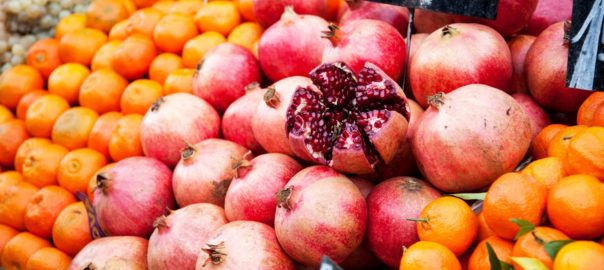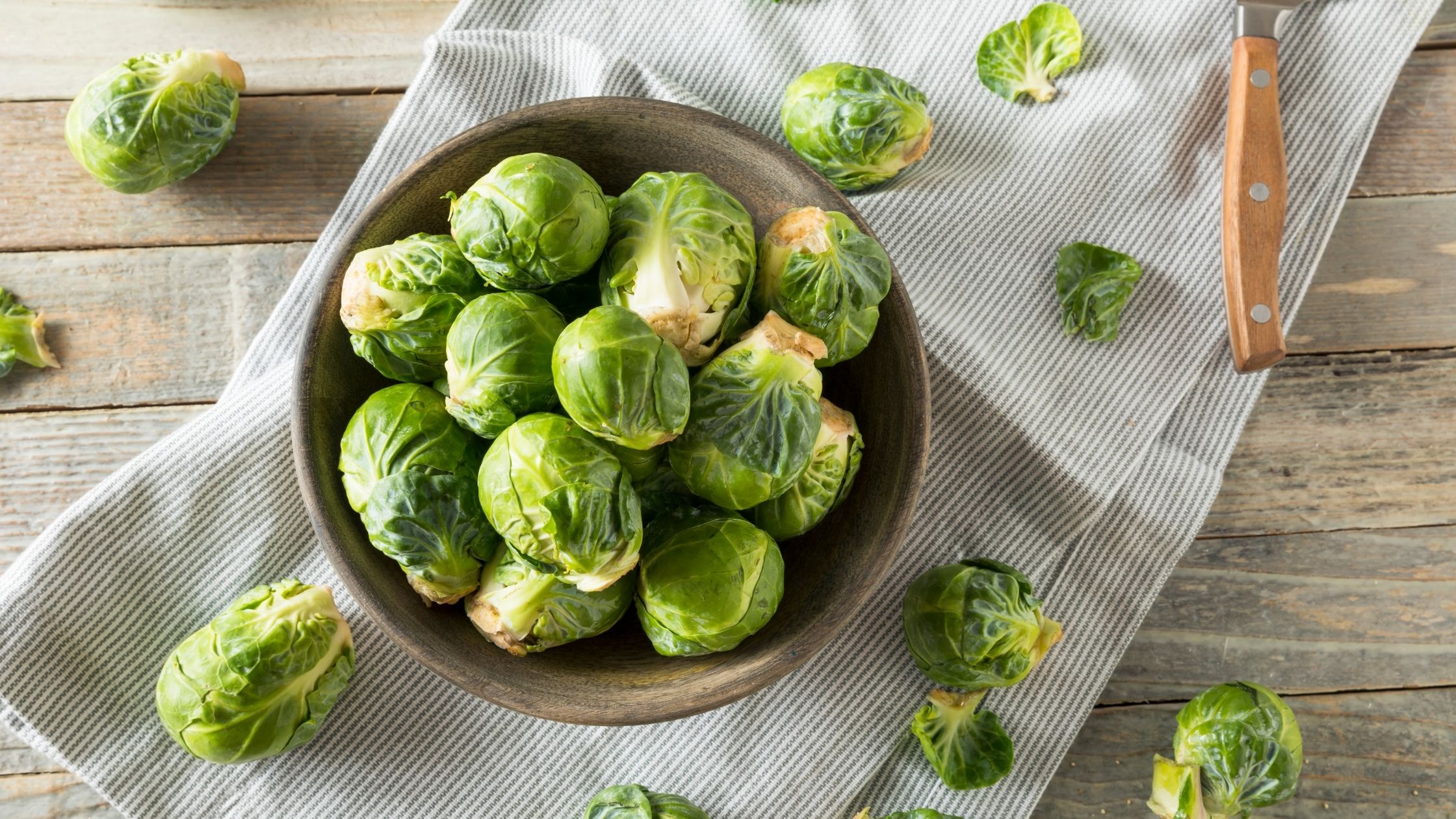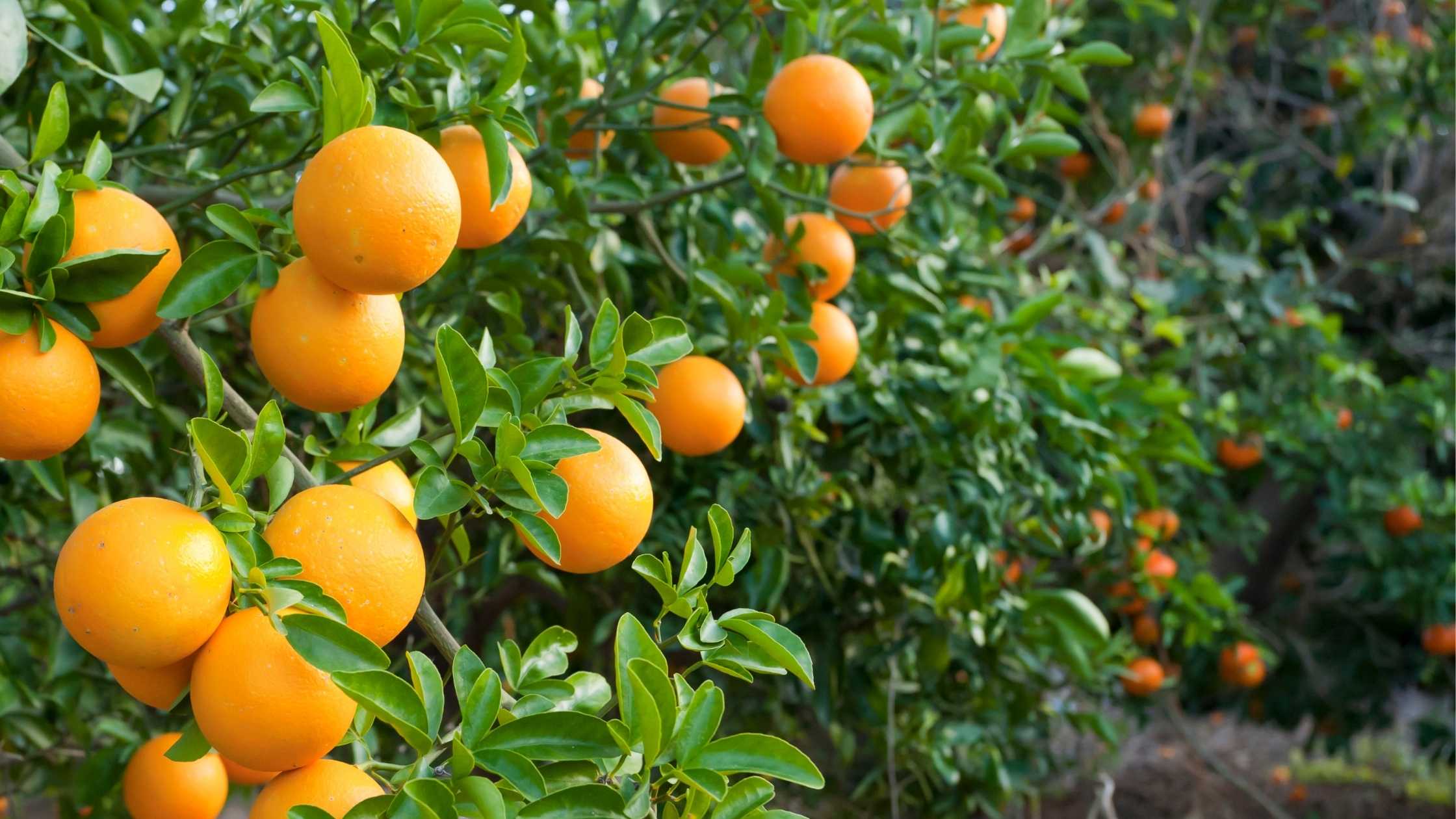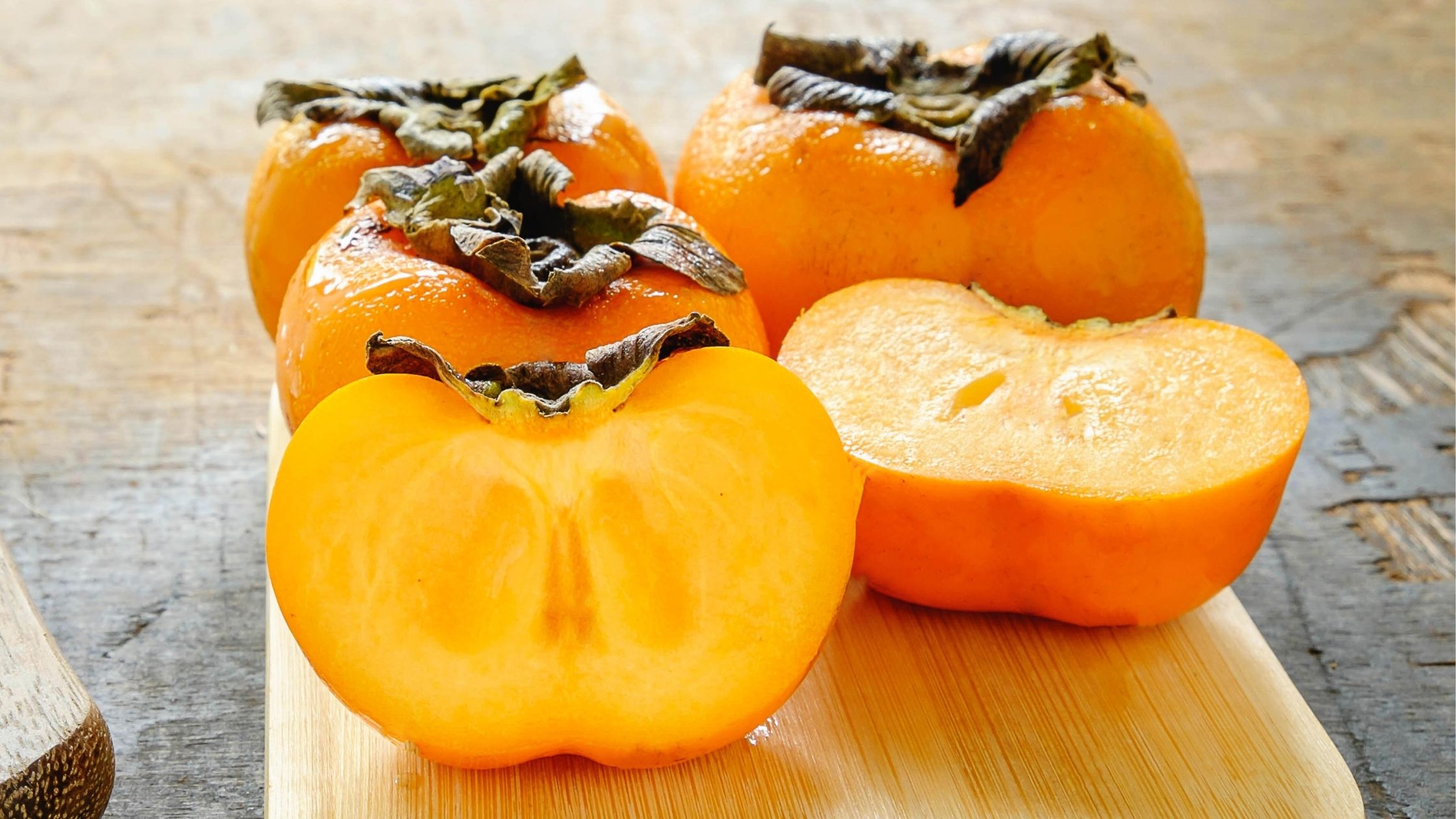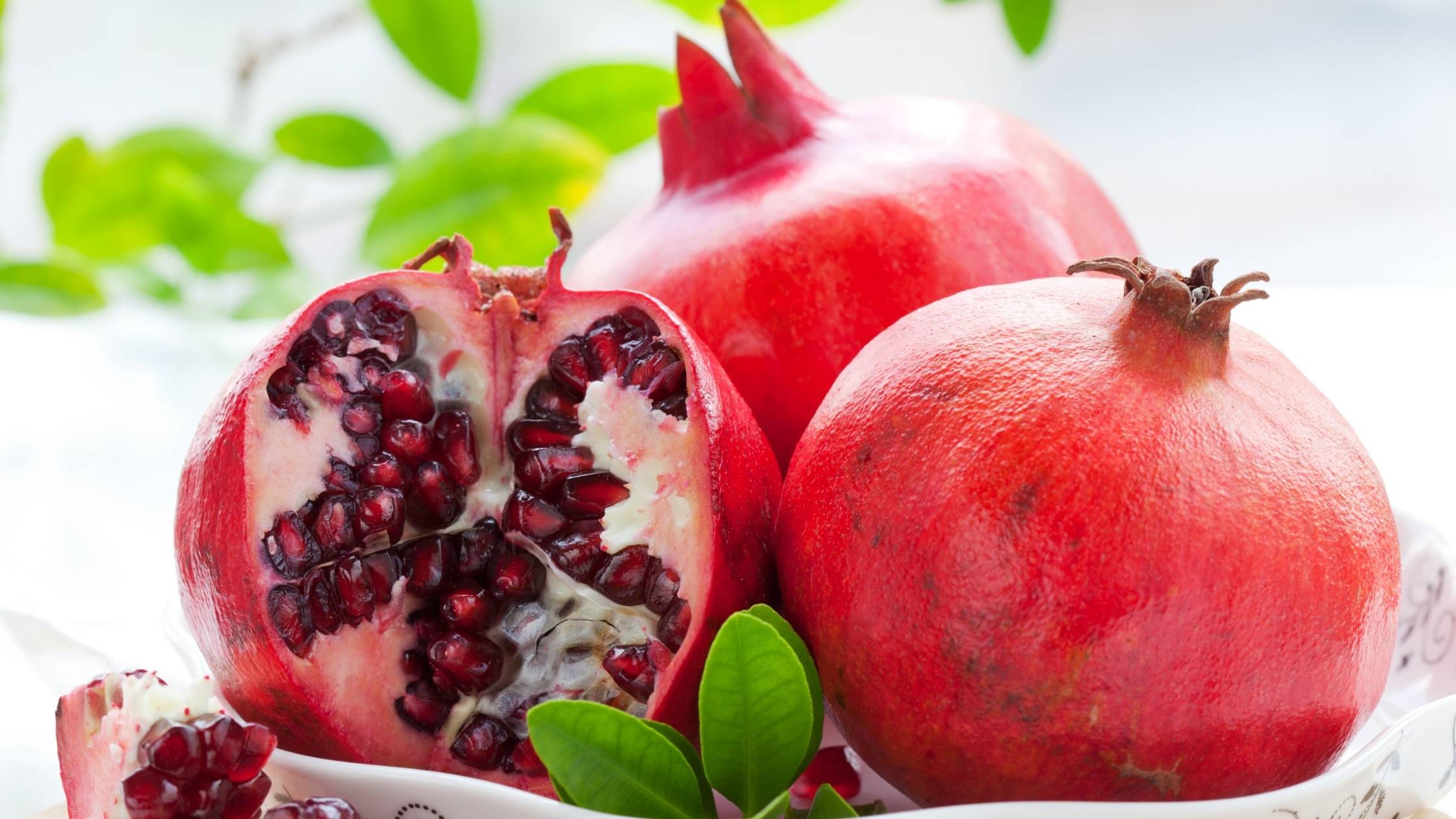This is the month that has my favorite holiday of all time-- Thanksgiving! And it’s made even more special by knowing that so many of these foods are ripe and in season now. How many of these are on your table? How many will be part of your Thanksgiving meal?
Beets
Beets are one of the most extensively grown vegetables in the world and are mostly cultivated during the cooler seasons.
They contain a bit of almost all the vitamins and minerals that you need, including fiber, folate, and vitamin C. Beets are also a good source of nitric oxide which can help to lower blood pressure levels, boost the immune system, and it’s also good for brain health.
Roasting is one of the best ways to cook beets. You can also “zoodle” beets for a delicious addition to salads or as a base for another dish.
Broccoli
Broccoli is a superfood native to Europe. Low in calories and packed with many micronutrients, minerals, fiber, and antioxidants, broccoli has a reputation for helping to boost immunity and promote heart health. The Institute for Functional Medicine suggests eating 2-3 cups of broccoli per day.
Broccoli can be eaten cooked or raw. When cooking, it can be sautéed, steamed, boiled, roasted or air fried. If you plan to serve it without cooking, it's great for salads or dips.
Brussel Sprouts
Brussels sprouts derive their name from Belgium's capital, where they were first cultivated in the 13th century.
Just 1 cup of raw Brussels sprouts meets the National Institutes of Health's (NIH) recommended daily requirements for vitamin C and vitamin K. Not to mention that they are also rich in minerals.
Brussel sprouts can be eaten raw (when shredded, they make a fabulous slaw!) or served roasted, sauteed, or steamed.
Cabbage
Native to the Mediterranean region, there are four different varieties of cabbage: green, red or purple, white savoy, and napa. Regardless of which variety you choose, all of them boast an outstanding nutrient profile.
Cabbage is rich in vitamin K1, providing 85% of the recommended daily intake in just 1 cup. This vitamin is crucial for blood clotting.
The humble cabbage also makes a delicious and inexpensive addition to several healthy recipes, such as casserole, slaw, and even smoothie!
Cauliflower 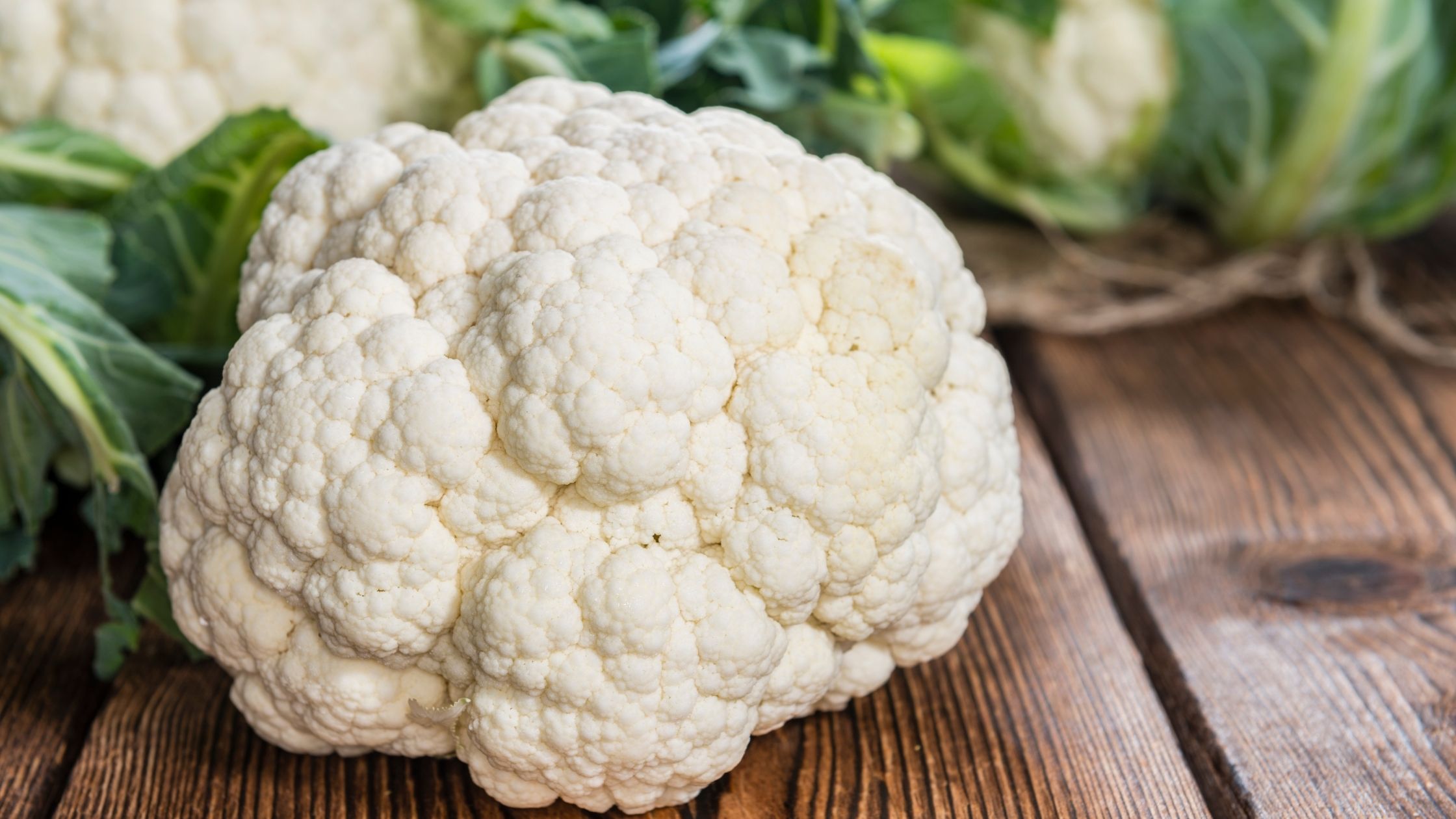
Not many vegetables contain choline. Cauliflower, along with broccoli, is among the sources of this nutrient that most people are lacking. Although the body makes some choline, we still need to consume choline-rich food to get enough.
Consuming a sufficient amount of choline may reduce the risk of several health conditions, including cardiovascular disease, cancer, and dementia.
Now that we're heading into colder weather, I often like to curry cauliflower for a change of taste. The flavors of curry go well with cauliflower and greens. You can also try my autumnal cauli-mash recipe with roasted, crunchy Brussel sprouts. Yum!
Cranberries
The American cranberry is grown extensively in Massachusetts, New Jersey and Wisconsin but you can also find them near the Pacific Coast as well.
Cranberries are a powerhouse of nutrition, providing you with not only their signature tartness but also important vitamins and minerals. Manganese is found in abundance as well as copper, and vitamins C, E, and K1.
Cranberries are a popular pie filling, their juice is widely marketed as a beverage, and in sauce and relish form cranberries are traditionally associated in the U.S. and Canada with the Thanksgiving and Christmas meals.
Cranberries add a sweet and tangy flavor to both sweet and savory dishes, such as holiday bundt cake and chicken recipes.
Leeks
Leeks are an ancient crop and are native to eastern Mediterranean lands and the Middle East. Its close relatives are onions, shallots, scallions, chives, and garlic.
Low in calories but high in nutrients, such as magnesium and vitamins A, C, and K, leeks also contain some fiber, plus copper, vitamin B6, iron, and folate.
They're widely used in soups and stews. You can also enjoy leeks in dips, salads, and quiche.
Mushrooms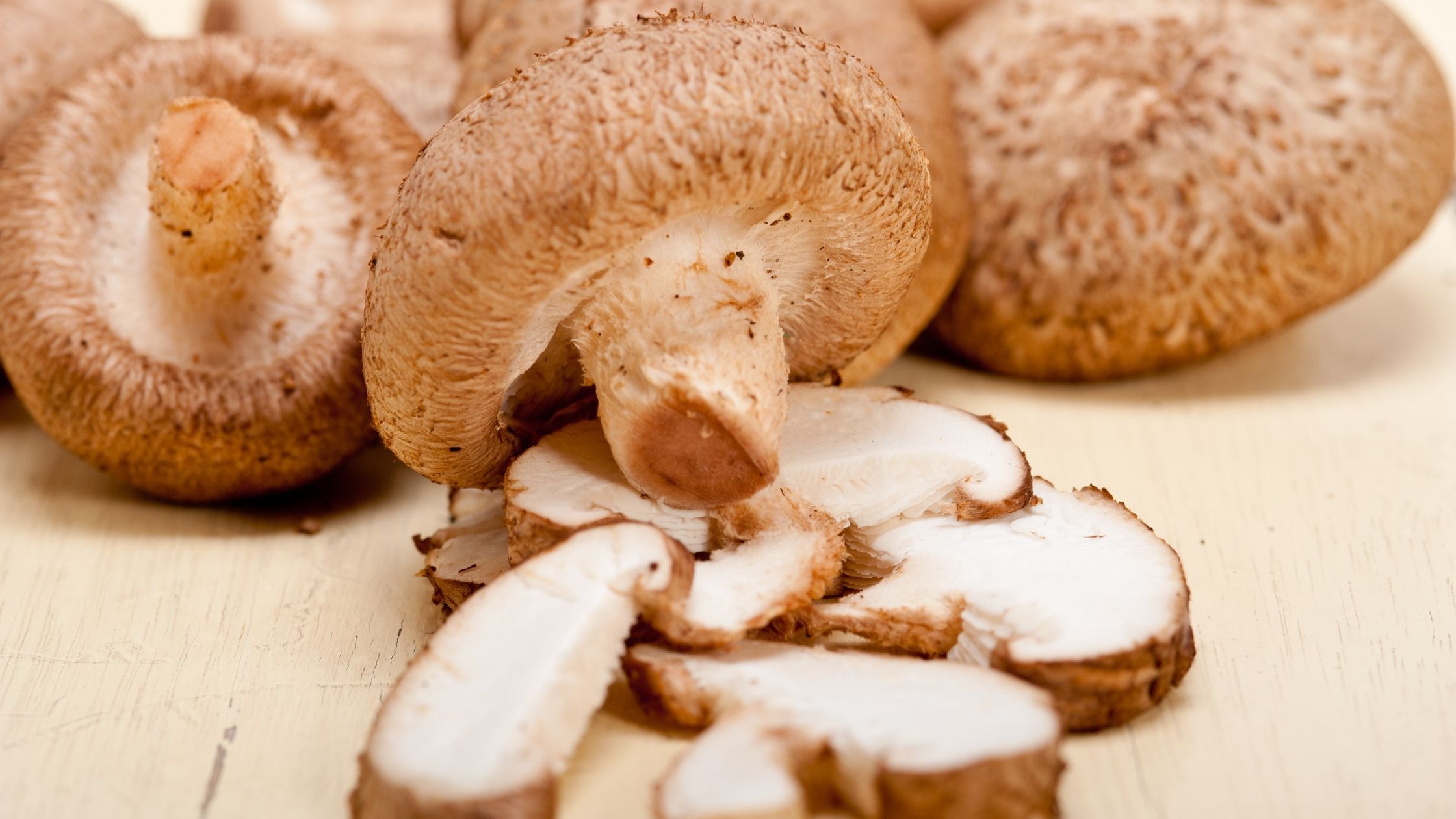
Mushrooms have been a part of the human diet for thousands of years. The word mushroom is most often used to identify the edible sporophores. The term toadstool is often reserved for inedible or poisonous fungi.
Since it’s difficult to identify the toxic ones, it’s best to buy from a reliable grocery store or if possible, from a farmer’s market
Mushrooms are low-fat and cholesterol-free food. They are also a good source of nutrients, such as essential amino acids and B vitamins.
The best way to cook mushrooms while still preserving their nutritional properties is to grill them. This would help in retaining more of their goodness and nutrients than frying and boiling.
Oranges
The citrus fruit oranges are believed to be native to the tropical regions of Asia. There are a number of varieties of orange, some of the most well-known are navel, blood orange, mandarin orange, tangerine, and clementine.
Whole oranges are a great way to keep your blood sugar levels steady due to their low glycemic index plus good fiber content. They are a rich source of vitamin C and other nutrients that can help fight inflammation as well as heart disease or even lower the risk of diabetes.
As The Ingredient Guru, I encourage you to avoid processed (i.e., canned) oranges, as they may contain harmful ingredients such as artificial colors, citric acid, and disease-causing high fructose corn syrup.
If you want to take advantage of oranges this holiday season, try my recipe Orange-Cranberry Bone-In Chicken Breasts. Enjoy!
Parsnips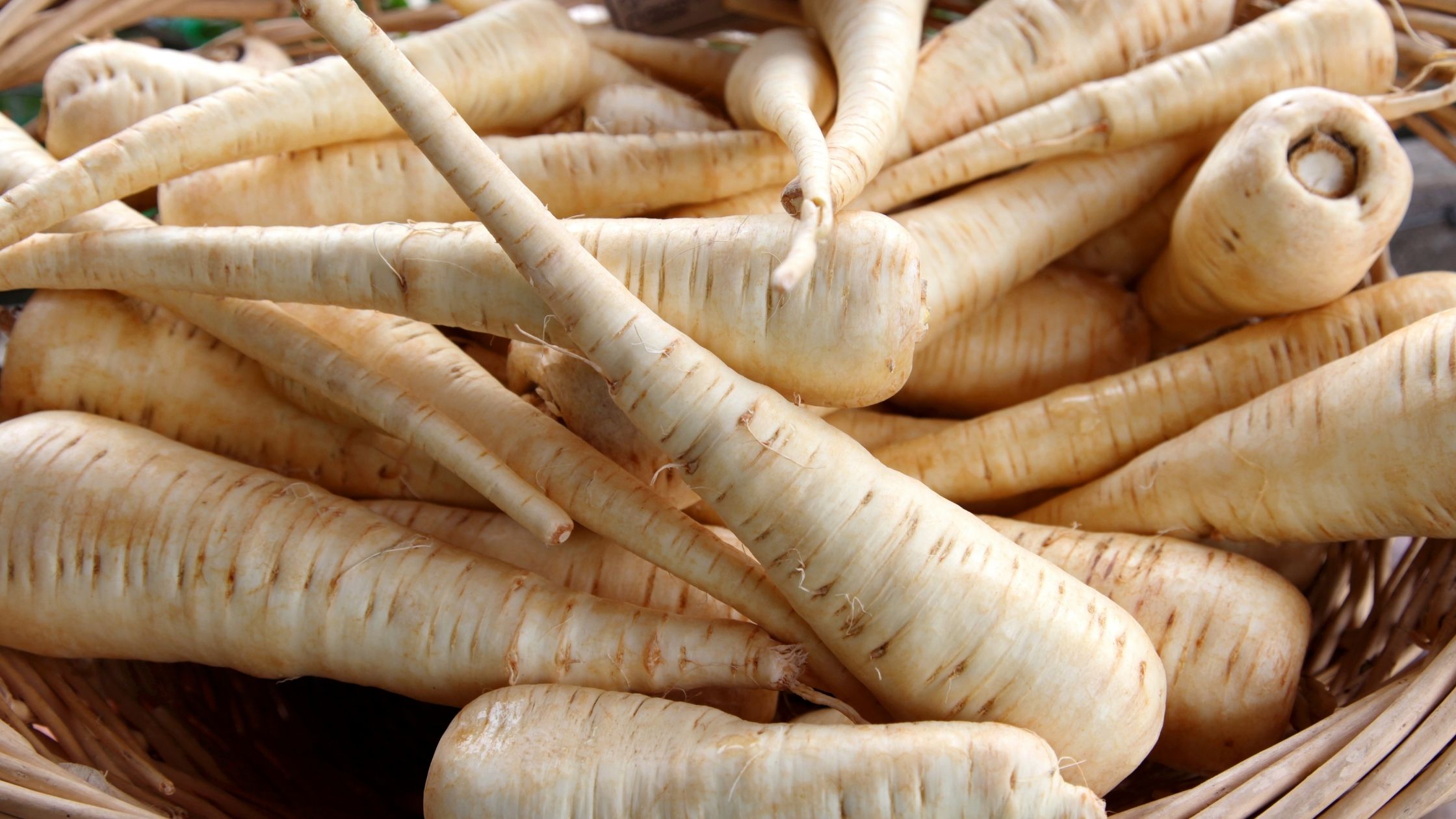
Parsnips are a tasty root vegetable related to carrots and parsley root. They're commonly found in Great Britain and throughout Europe and Asia. Parsnips were introduced in America early in the 17th century.
They pack a hearty dose of fiber, vitamin C, vitamin K, folate, and other important micronutrients. Parsnips are also low in calories yet high in fiber, improving digestive health, regulating blood sugar level, and supporting heart health.
If you want to add parsnips to your diet, you can easily swap them for other root vegetables in your favorite recipes. Or make a roasted root vegetable side dish and add parsnips for a delicious flavor boost.
Pears 
The common pear is a fruit that originated in Europe and has been cultivated for centuries.
Pears are a good source of polyphenol antioxidants. They also contain other nutrients like folate, vitamin C, copper, and potassium.
Pears are a good source of fiber, including prebiotics, which promote regular bowel movements, relieves constipation, and helps with digestion. If you want to get the most fiber from a pear, eat it with the skin on.
This coming Thanksgiving, my Cinnamon Apple and Pear Sauce recipe is a delicious condiment I highly suggest for roast meats, bread, or even as part of a snack!
Persimmons
Persimmon trees are a popular fruit grown in China for thousands of years. There are hundreds of different types of persimmons but the most popular ones include Hachiya and Fuyu varieties. The American persimmon’s fruit is generally considered more flavorful in its softened state than the Japanese species.
Persimmons are a delicious fruit that can be enjoyed in the winter months. They are filled with important vitamins and minerals like vitamins A, C, and B, potassium, and manganese.
There are many culinary uses for persimmons; among my favorites are my persimmon raisin muffin and persimmon tea for acid reflux.
Pomegranates
Pomegranate is a fruit that is believed to have originated in Iran. It is commonly cultivated in the warmer parts of the United States to Chile.
It is high in dietary fiber, folic acid, vitamin C, and vitamin K. This makes it a nutritious fruit that anyone can enjoy.
If you want to reap the many health benefits pomegranates have to offer, either eat them directly or drink the juice. The juice is the source of grenadine syrup, used in flavorings and liquor.
Pumpkins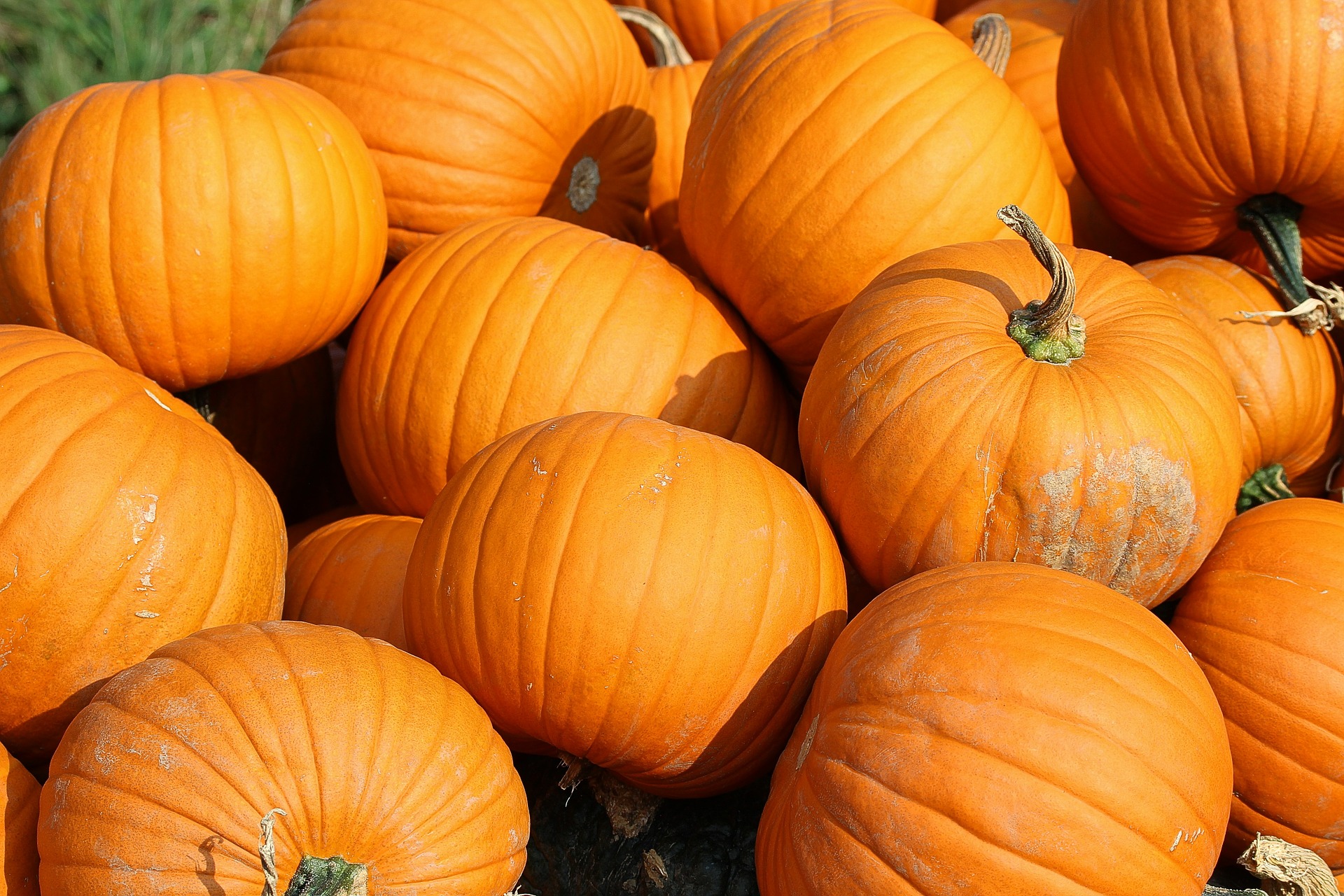
Pumpkin is a type of winter squash that belongs to the gourd family, native to North America.
It is a vegetable with many different uses. In Europe and South America, it is served as a vegetable whereas, in the United States of America, it is more commonly used as a dessert, such as pumpkin pies.
Pumpkin is high in vitamins and minerals and a great source of beta-carotene, a carotenoid that has been proven to protect against eye diseases.
Technically considered a fruit, it’s often treated like a vegetable. Pumpkins can be boiled, baked, or steamed into various dishes like pie, soup, or bread. Pumpkin can also be turned into purees like apple sauce or canned puree that can then be made into pies and bread. Here are my three delicious pumpkin recipes to try this coming Fall.
Rutabagas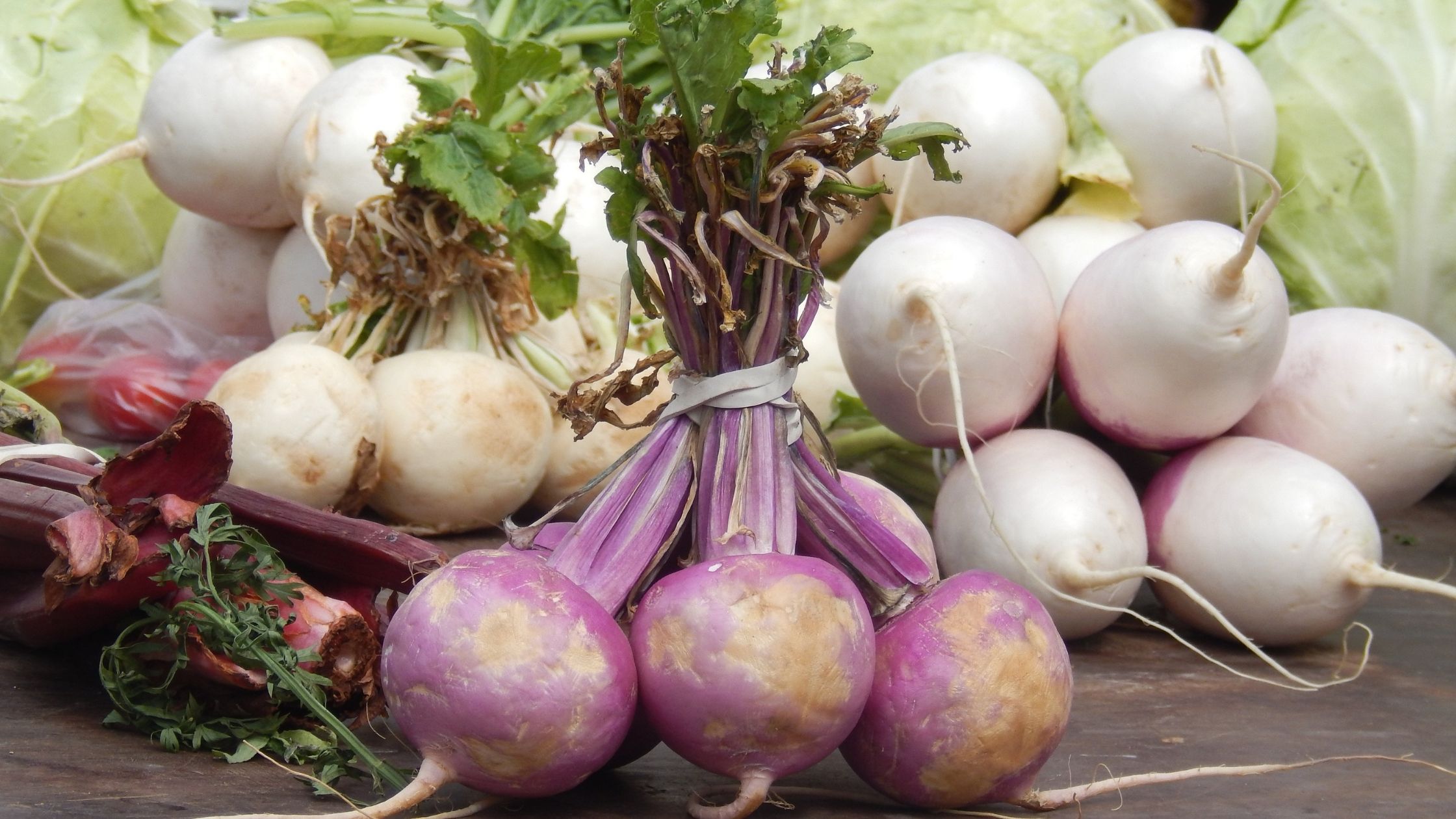
Rutabagas are thought to have been first bred in Russia or Scandinavia in the late Middle Ages. They are hearty vegetables packed with fiber, vitamins, and important minerals that you may not be getting enough of.
Among the minerals and micronutrients that rutabagas are rich in are potassium and magnesium, which play an important role in regulating cells, tissue, and organs. In a nutshell, it makes your body work right.
Rutabaga roots can be cooked with other root veggies, and the leaves are perfect for salads and soups.
Spinach
Spinach is a cool-season vegetable, mainly grown in North America and Europe.
It is a nutrient-rich vegetable with high amounts of many essential nutrients such as carotenoids, vitamin C, vitamin K, folic acid, iron, and calcium. It is also high in insoluble fiber to help prevent constipation.
The easiest and most healthy way to cook spinach is steaming to maximize its nutritional value.
Sweet Potatoes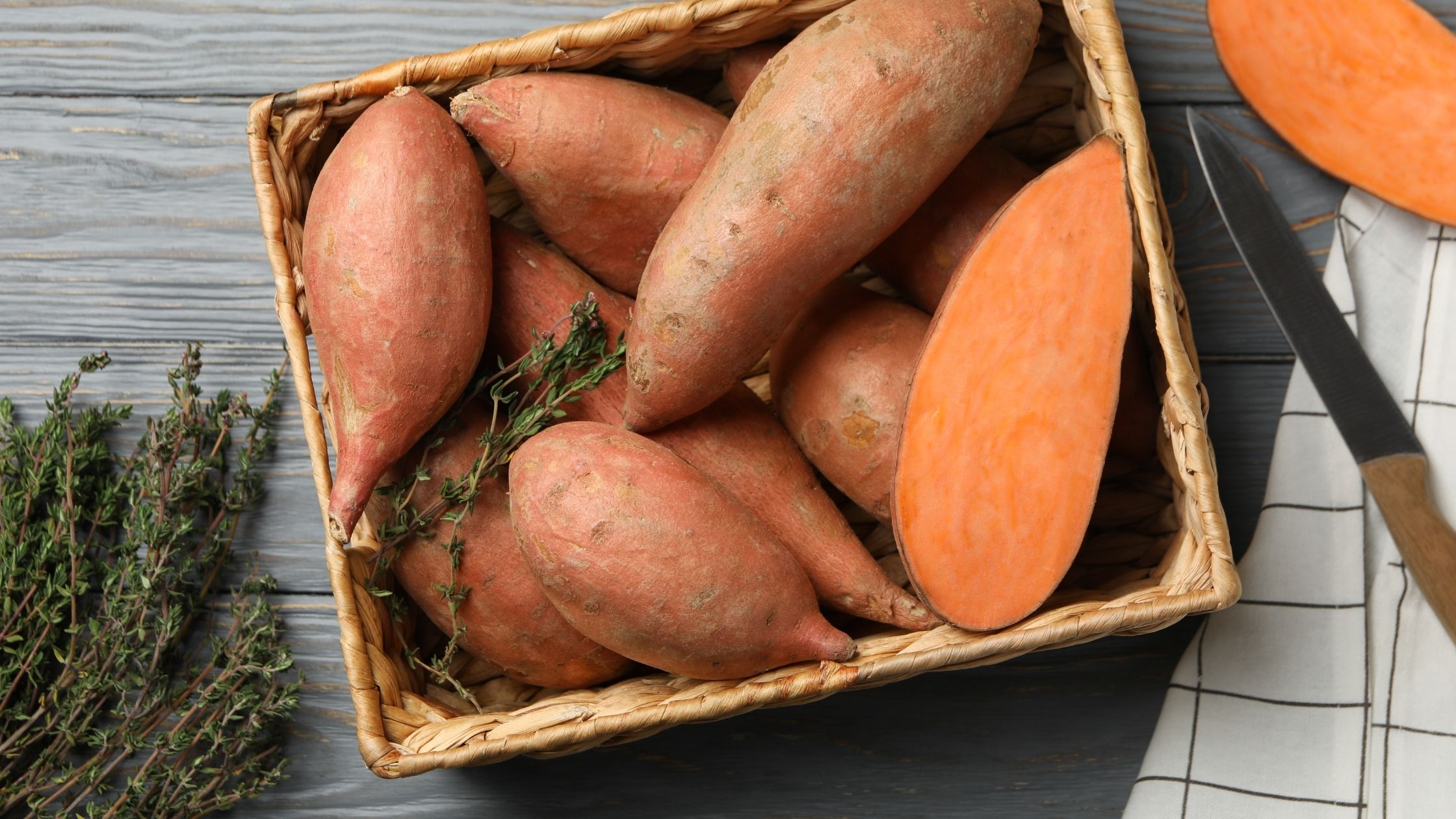
Sweet potatoes are native to tropical America and widely cultivated in tropical and warm temperate climates.
Sweet potatoes are healthier than regular potatoes because they have a lower glycemic index (GI) and higher levels of nutrients like beta-carotene that help protect your eyesight. They are a good source of vitamin C, potassium, and many other vitamins and minerals.
One of the easiest ways to cook sweet potatoes is to steam them. You can also try mashing, frying, grilling, or even slow-cooking. Here are some of my favorite sweet potato recipes!
Tangerines
Tangerines are indigenous to Southeast Asia. They are a subgroup of mandarins and the second-largest cultivated citrus fruit after oranges. They’re a bit smaller and less round than oranges, but they have a sweeter taste.
The pulp of tangerines is tender and juicy, with a rich flavor that provides vitamin C and antioxidants. Plus, they’re good sources of other vitamins and minerals, such as potassium and B complex vitamins.
You can also use tangerines instead of orange in my Bone-In Chicken Breasts recipe.
Turnips
Turnips are thought to have originated in middle and eastern Asia. Both turnips and turnip leaves provide over 30% of the daily value for vitamin C. The leaves are also a rich source of folate, vitamin K, and vitamin A.
Moreover, their glucosinolate compounds may help control blood sugar levels, fight harmful bacteria, and provide anti-inflammatory and anti-cancer effects.
Turnip roots make a great addition to salads! They can also be cooked and served whole, mashed, or used in chowder.
Winter Squash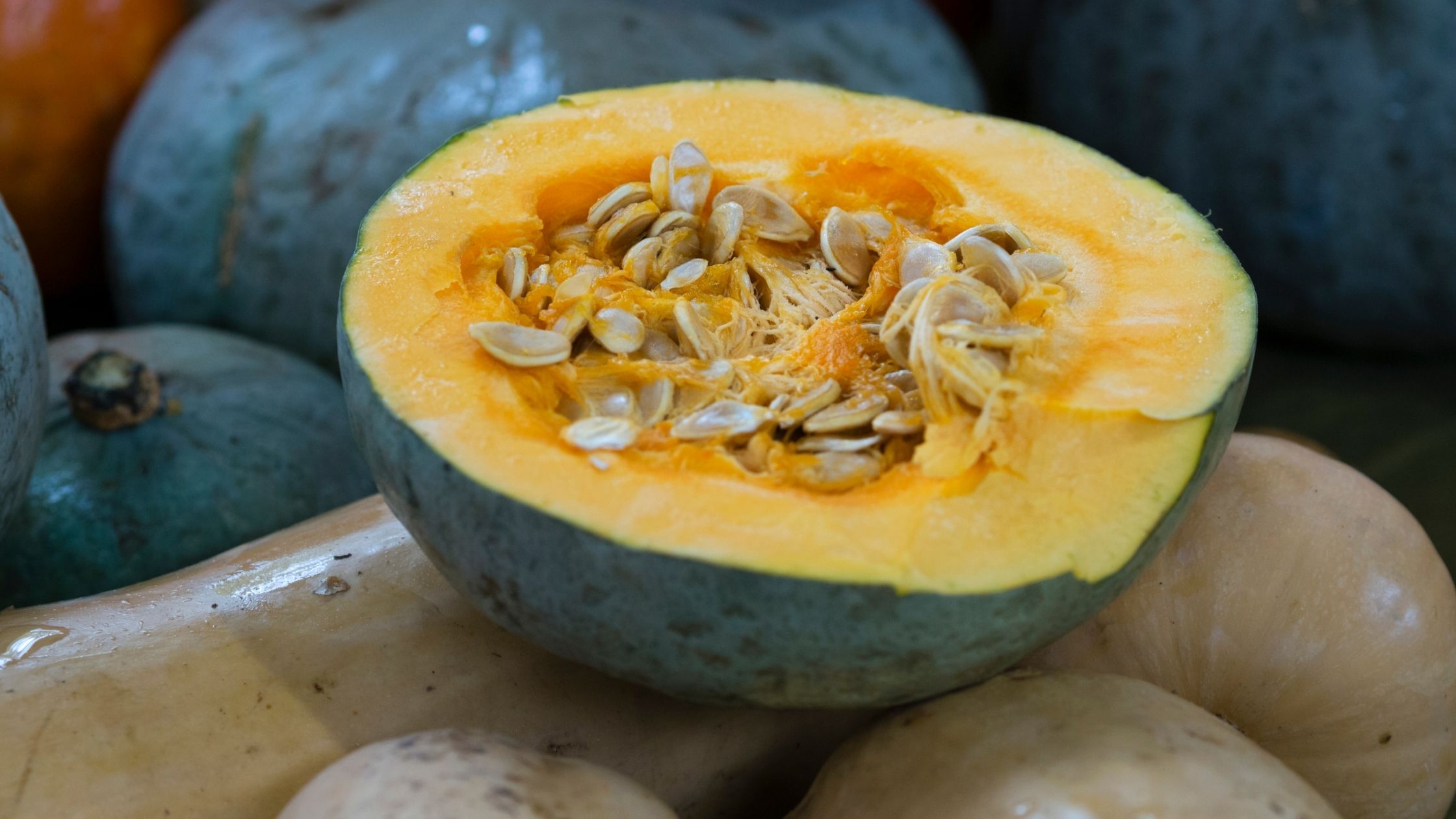
Winter squashes have been known to last longer than summer varieties, and they're characterized by their thick rinds and hard seeds because these characteristics help them resist spoilage from exposure while on store shelves.
The winter varieties include acorn, butternut, spaghetti, pumpkin, and kabocha.
Winter squash is a great source of healthy minerals, including manganese which helps with bone health. Some varieties also contain antioxidants like vitamin C and carotene for extra protection against free radicals in our bodies.
One of the most useful and versatile veggies in your garden, winter squash can be baked or pureed for hummus, pasta sauce, and used in baked goods!
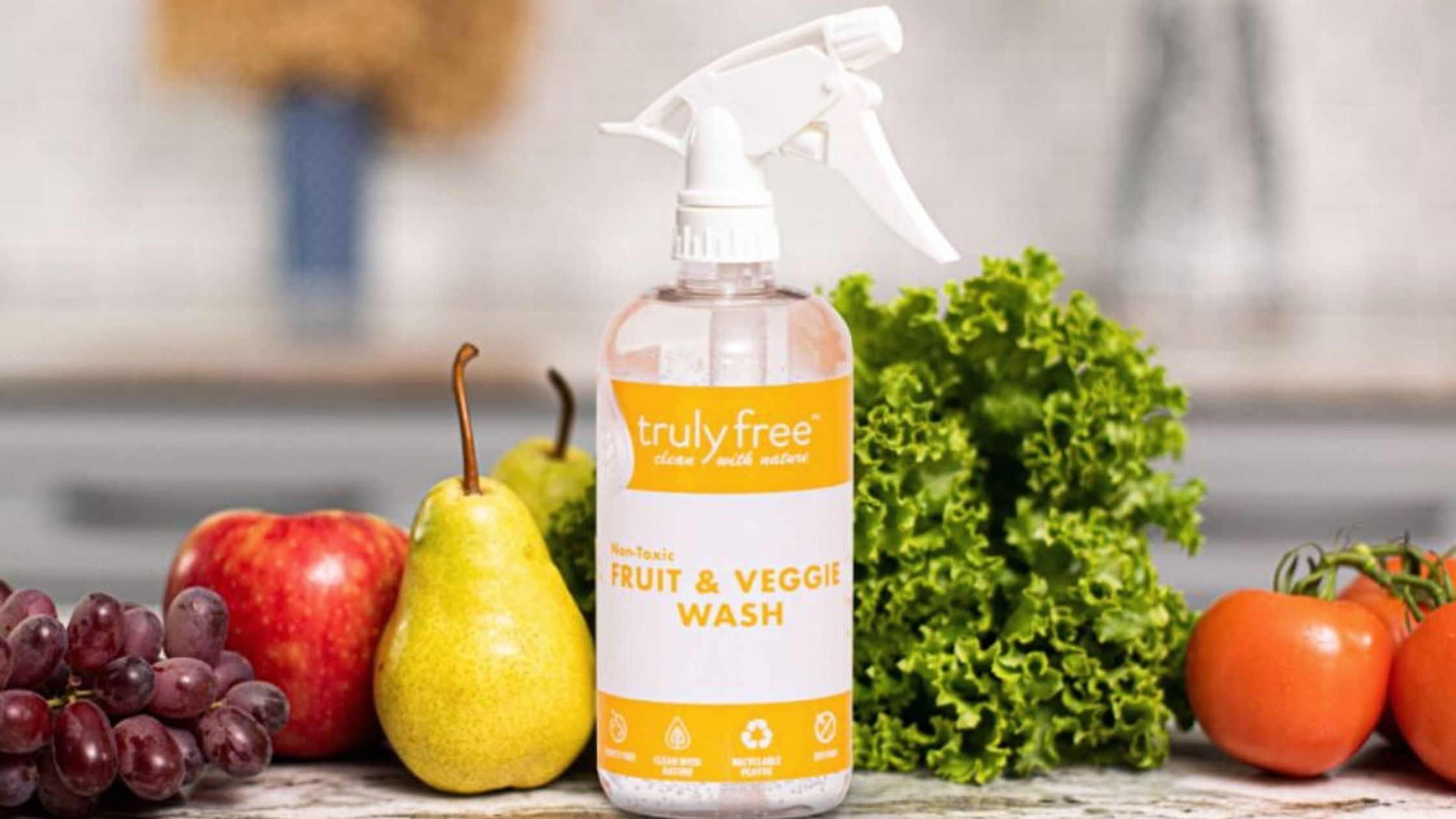 When eating fresh, in-season produce, don’t forget to wash it first. Click here to get your toxin-free fruit and veggie wash!
When eating fresh, in-season produce, don’t forget to wash it first. Click here to get your toxin-free fruit and veggie wash!
Sources
https://www.britannica.com/plant/beethttps://www.healthline.com/nutrition/benefits-of-beetshttps://www.britannica.com/plant/persimmonhttps://www.healthline.com/nutrition/pumpkinhttps://www.britannica.com/plant/pumpkinhttps://www.healthline.com/nutrition/foods/spinachhttps://www.britannica.com/plant/sweet-potatohttps://www.britannica.com/plant/sweet-potatohttps://www.britannica.com/plant/spinachhttps://www.healthline.com/nutrition/persimmon-nutrition-benefitshttps://www.healthline.com/nutrition/foods/cranberries#bottom-linehttps://www.healthline.com/nutrition/foods/cranberries#bottom-linehttps://www.healthline.com/nutrition/types-of-squash#TOC_TITLE_HDR_3https://www.healthline.com/nutrition/are-oranges-good-for-diabetics#recommendationhttps://www.britannica.com/plant/orange-fruithttps://www.britannica.com/plant/tangerine-fruithttps://www.healthline.com/nutrition/tangerine-benefits#The-bottom-line

